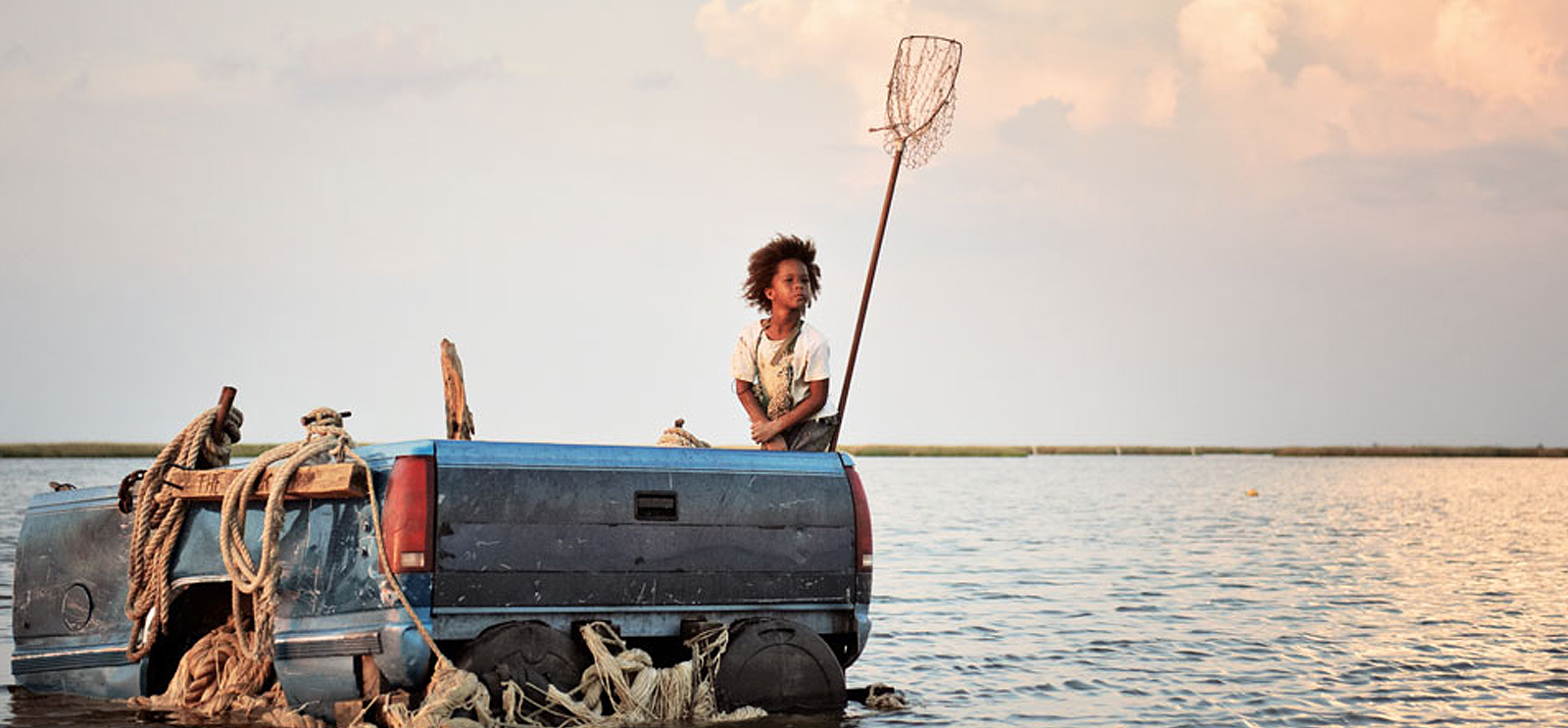
UChicago literary scholar Armando Maggi, PhD’95, suggests a better term for fairy tales and reveals what recent story cast a spell on him.
In the opening paragraphs of the earliest written version of Cinderella, set down in 1634 by a Neapolitan poet and courtier named Giambattista Basile, the young protagonist murders her first stepmother, slamming the lid of a chest down on her neck, so that the girl’s governess—who later turns out to be wicked—can become her “new mother.” (Borrowing from Basile’s Tale of Tales 200 years later, Jacob and Wilhelm Grimm added another gruesome detail: to fit her foot into the magic slipper, one stepsister cuts off part of her heel; blood dripping from the shoe gives her away.) Basile’s version of Sleeping Beauty involves rape, infanticide, and cannibalism. Snow White is a slave named Lisa whose jealous aunt drags her around by the hair until her mouth “looked like she had eaten raw pigeons.”
In his new book Preserving the Spell: Basile’s “The Tale of Tales” and Its Afterlife in the Fairy-Tale Tradition (University of Chicago Press), Armando Maggi, PhD’95, a UChicago scholar of Italian literature and cultural history, urges readers to revisit these early versions of modern-day fairy tales. Complicated and messy, full of danger and difficulty and moral ambiguity, they still hold power and meaning that today’s clean-cut fairy tales have lost, Maggi says.
But he also believes that new fairy tales are being produced, even if we don’t necessarily recognize them. In the book’s last chapter, he describes Beasts of the Southern Wild, a 2012 film about a little girl and her father living in a Louisiana bayou community on the eve of a great storm.

[[{"type":"media","view_mode":"media_original","fid":"3166","attributes":{"alt":"","class":"media-image","height":"369","typeof":"foaf:Image","width":"500"}}]]
In the book, you write that “the first and enduring impression” made by Beasts of the Southern Wild “is of something overwhelmingly new and unexpected, as if this low-budget film were the first magic tale ever told.”
I was in awe when I saw the movie. First of all, it felt radically new: there was something truly magical about it, and yet there was absolutely no allusion, no hint, direct or indirect, to Walt Disney or what we now associate with fairy tales. And I think that in this case, it’s really useful to talk about a “wonder tale” rather than “fairy tale.”
[[{"type":"media","view_mode":"media_original","fid":"3165","attributes":{"alt":"","class":"media-image","height":"324","typeof":"foaf:Image","width":"500"}}]]
Wonder tale?
Some critics say that “fairy tale” is the wrong name. It was used in Spanish and in French, but in German and Italian—the languages of the earliest tales—you don’t have the word “fairy.” There is no allusion to a fairy. And many so-called fairy tales don’t have any fairies.
Beasts of the Southern Wild was for me wonderful because it was a magic tale that takes place in the United States. Usually what we think of as fairy tales are set in this lost magical land from the 19th century or earlier—the woods, the peasants, the places where Brothers Grimm would go and record folk stories. Somewhere apart from what we know. But here the magical place is Louisiana. And yet it is completely new. There is an element of apocalypticism—that we are at the end of something. But this kind of end of the world is the end of the world of a child.
[[{"type":"media","view_mode":"media_original","fid":"3167","attributes":{"alt":"","class":"media-image","height":"340","typeof":"foaf:Image","width":"500"}}]]
You’ve said this movie reminds you of Basile.
Yes, it’s the closest thing I’ve seen to Basile. The stories in The Tale of Tales are disconnected, disjointed, unruly. Not everything makes sense; there aren’t always straight lines. And the film is like that. All of the sudden you see this bunch of girls jumping into the ocean and swimming, and you don’t know exactly what’s happening, how they got there. And suddenly they’re on board a tugboat. And the little girl, Hushpuppy, is looking for her disappeared mother, and it’s never completely explained.
There are a lot of things that are not totally connected from a narrative point of view. That’s part of what gives the film its emotional power. It has a very raw way of unfolding.
At the same time, this is a real, contemporary landscape that is magical. Just as Basile set many of his tales in Naples and its surrounding area, we don’t need to go anywhere; reality is right there. In the beginning of the film, the father and daughter look at the other side of the levees, and they talk about the people who buy fish in plastic bags, how they’re not in contact with nature—which itself can be brutal and dangerous and hostile. These themes are common to fairy tales: the conflict of an industrial world versus natural, a world that’s lost its soul.
[[{"type":"media","view_mode":"media_original","fid":"3168","attributes":{"alt":"","class":"media-image","height":"307","typeof":"foaf:Image","width":"500"}}]]
You subtitled this chapter of the book “A New Beginning.”
I’m not pessimistic. I really think this urge, this need for a new way of telling stories that is not trite and not repetitive, is real. It’s going to bring new tales. Beasts of the Southern Wild was a low-budget movie, but it made it to the Oscars.
